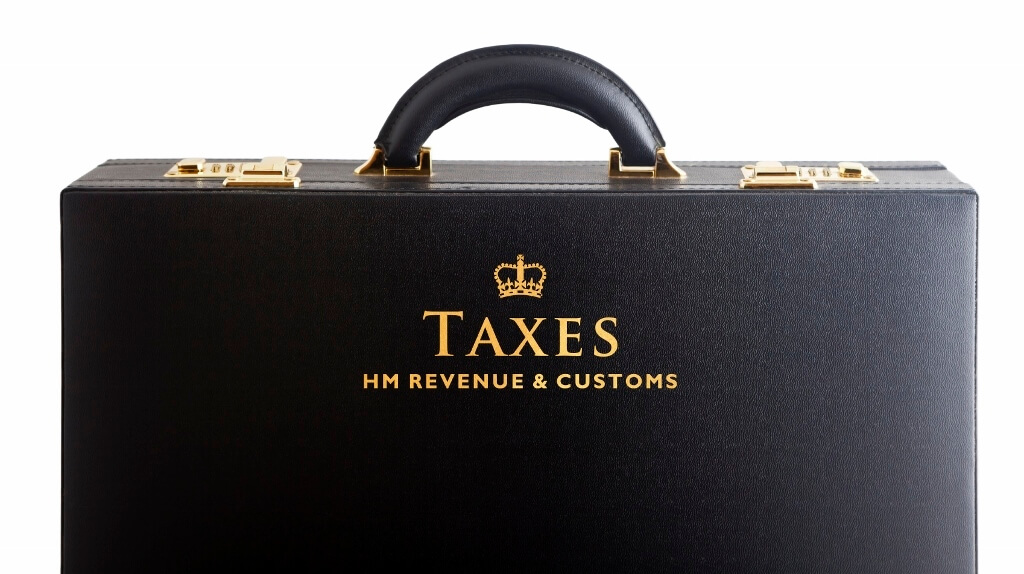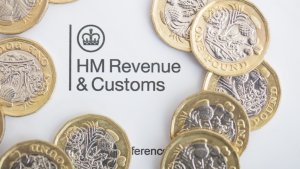What Will It Look Like If Capital Gains Tax Rises?
The chances of a CGT increase and what can be done to prepare finances ahead of any changes.

Spiralling spending as a result of the pandemic has put the Government in a position of needing to raise additional funds, especially as it has been reported that the social care system in the UK is on the verge of collapse.
The Chancellor, Rishi Sunak, needs to sort out the nation’s finances, however following the Government’s manifesto promises not to raise personal income tax, national insurance contributions (NI), or VAT, options seem limited. Despite this manifesto pledge, the Government did recently take a vote to raise NI.
Speculation has been rife for some time that amends to Capital gains Tax (CGT) are in the Government’s plans. Rumours regarding CGT have been around for a while, but as it gathers momentum, it’s a good idea to consider how it could affect you and your finances.
What is Capital Gains Tax?
CGT is a tax applied to the profit gained from the sale of an asset. There are some asset types that qualify for tax reliefs, but generally assets that qualify for CGT include:
- Personal possessions worth £6,000 or more (except for vehicles)
- Property that isn’t a primary residence
- Shares not held in an ISA
These are referred to as ‘chargeable assets’. CGT liabilities depend, in part, on the type of asset profit has been generated from, and which tax band the beneficiary falls into. The current rates of CGT are as follows:
Basic-rate taxpayer
On property: 18%
On other assets: 10%
Higher or additional rate taxpayer
On property: 28%
On other assets: 20%
What are the proposed changes?
The Office of Tax Simplification (OTS), which was set up in 2010 to help streamline the UK’s complicated tax system, conducted a report that recommended that CGT and Income Tax rates should be more aligned.
The aim being to simplify the system whilst also generating more tax income for the Government. However, for higher earners this could mean a substantial increase to their tax liability, and even for basic rate taxpayers there would be a rise.
Another reform OTS proposed is lowering the CGT tax-free allowance from £12,000 to £2,000 per annum. This would increase the pool of people required to make CGT payments, but it could also have the knock-on effect of bringing more people into the self-assessment tax system instead of PAYE.
Finally, OTS has also suggested reducing the number of CGT rates from the four mentioned above to just two.
What could the impact be?
The Government needs to raise more funds to plug the deficit and move towards paying down the national debt. This means the bottom line is that any likely changes to CGT will be designed to increase revenue to the treasury. However, the Government could find itself treading a fine line between encouraging economic growth through asset investment, and tax reforms that will hinder the return on making those investments.
For the owners of incorporated businesses, the OTS is grappling with the issue of whether the system should allow you to benefit more from accumulating trading profits, selling the business and paying CGT on the proceeds, or by being paid through a combination of salary and dividends.
This conundrum has been created because a tax planning opportunity in CGT means it can be used to turn income into capital to pay less tax. An example of this is when a contractor is able to work through a limited company known as a personal service vehicle.
It’s unclear whether the Government will create reforms to address this issue, especially as businesses are just finding their feet again as the economy grows again out of the pandemic.
The OTS has also made recommendations regarding investors. It has suggested scrapping investors relief whereby the tax rate on gains from the disposal of ordinary shares is reduced to just 10% for higher rate taxpayers. A move like this, combined with reducing the tax-free allowance, would mean an extra half a million people would be liable to pay CGT.
Investors then become the group that would be hit hardest by changes to CGT.
Employees that have acquired shares in the business they work for, either through share incentive schemes or because they work for an employee-owned business, could be affected too.
The OTS is recommending that the Government considers taxing share-based rewards through income tax, instead of through CGT upon the sale of the shares, as is currently the case.
How to prepare for change
Without official announcements being made, it’s hard to plan for CGT changes. However, given the increase of Government expenditure due to the pandemic, it’s highly likely that at least some changes will be made, as evidenced by the recent NI increase.
So, make sure you get advice from your accountant on the following areas:
- Making use of allowances and tax reliefs
- Succession planning
- Potential liabilities and payments
- Offsetting future gains
- Reporting requirements
Stuart Crook is a partner at Wellers.
Thanks for signing up to Minutehack alerts.
Brilliant editorials heading your way soon.
Okay, Thanks!

